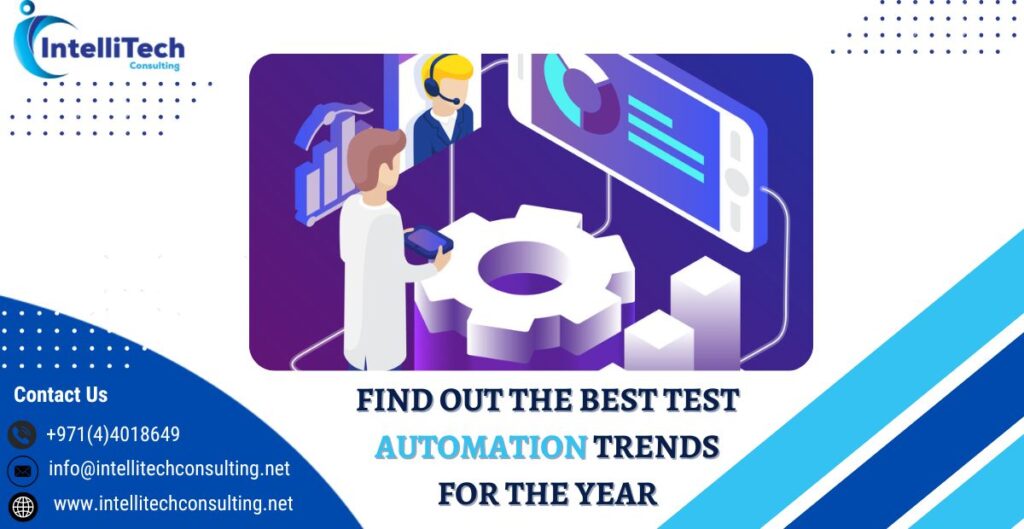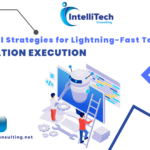

The meaning of software test automation has changed with time. From simply error findings; it has become so much more; especially after the introduction of test automation. The industry has evolved drastically in the last decade. According to the MarketsAndMarkets report, the size of the global automation testing market is projected to increase from USD 24.7 billion in 2022 to USD 52.7 billion by 2027, with a compound annual growth rate (CAGR) of 16.4%. To stay abreast of the rapidly evolving testing environment, it’s essential to be knowledgeable about the most recent test automation trends.
Selenium 4: Selenium 4 was released in October 2021 after 5 years run of Selenium 3. The new version comes up with many improvements like better Docker support, commands that are better formatted to access the Selenium grid, and parent frame identification. There are some new functionalities like better windows and tab management of web browsers, support of relative locator, native chromium driver for Microsoft Edge browser, and many more.
Codeless Automation: AI-powered codeless automation testing tools employ visual modeling to rapidly produce test cases tailored for automation testing, without the need for coding expertise. This enables testers to reduce the time spent on repetitive testing scenarios and create test cases without coding knowledge.
The advantages of codeless automated testing are numerous. Firstly, the test cases produced are easily reviewed by non-technical users due to their code-free generation. Additionally, individuals without any experience in programming or coding can effortlessly create and design test cases. The shorter learning curve also accelerates the test case creation process, resulting in faster automation.
QAOps for Broader Scale: After DevOps; now it is the time for QAOps. The software QA and operation work together to deliver quality software. For QAOps; three basic segments continuous integration, continuous testing, and continuous development form the structure to enhance the quality and speed of testing.
Self Healing test Automation: Artificial Intelligence and Machine Learning are utilized on a larger scale to get the solution to a specific problem in order to optimize the development process and testing. The utilization of AI in testing is prevalent in various testing domains such as performance testing, regression testing, automation testing, functional testing, and more, aiming to shorten the test life cycle. For AI to be effective in testing, it needs to be integrated into software testing tools to facilitate automation testing and unleash its potential. With each test cycle generating vast amounts of data, it’s possible to leverage this data to pinpoint and troubleshoot testing failures. This data can then be fed back into the AI/ML algorithms after each test run to improve the learning and performance of the system.
Cross-Browser testing on Cloud: Local Selenium Grid’s lack of scalability has led many enterprises to move their automated browser testing to cloud-based platforms. Cross-browser testing on the cloud has become a more viable option due to the increasing number of browsers, devices, and operating systems released each year. However, executing tests on a cloud-hosted platform located far away can lead to intermittent delays. The adoption of distributed cloud is expected to rise significantly in 2023, enhancing the speed and efficiency of test execution.
Intellitech takes great effort to revamp the automation practice to keep up with the upcoming trends. We make sure to use all the latest advancements in technology so that we can deliver the best result.






